THIS ARTICLE/PRESS RELEASE IS PAID FOR AND PRESENTED BY NTNU Norwegian University of Science and Technology - read more
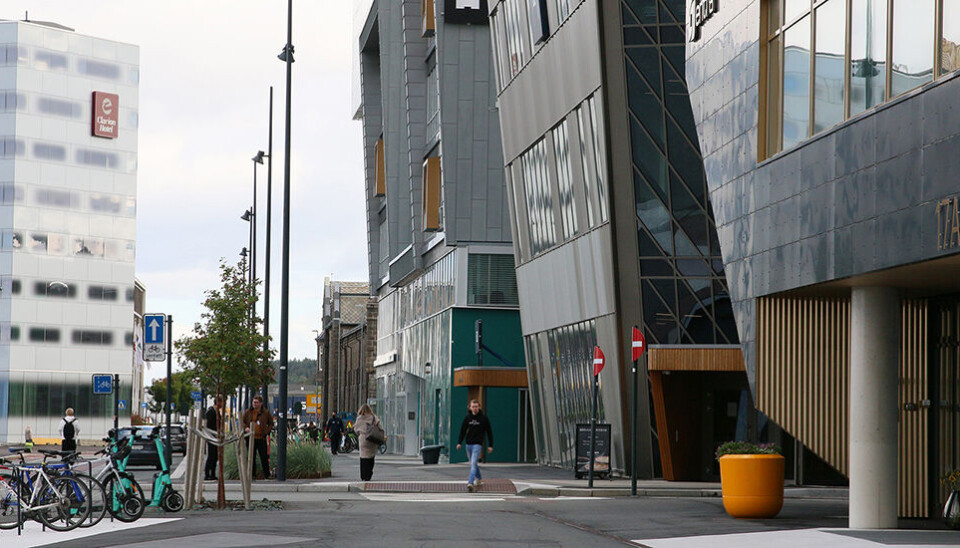
First in the world to buy and sell neighbourhood electricity
Many buildings with solar cells produce more electricity than they consume themselves, but current legislation prevents surplus power from being sold to neighbouring consumers. A pilot project in Trondheim will be the first in the world to test a system that makes this possible.
Two neighbourhoods in Trondheim are piloting 'smart neighbourhood' projects. Their 'smarts' include huge battery banks that facilitate surplus electricity being used nearby – and a completely new energy system that allows this electricity to be sold to neighbouring buildings.
NTNU researchers, the business community and the municipality have collaboratively developed the energy system and the solutions.
Excess energy will heat hotels and swimming pools
At Brattøra by the Trondheim Fjord are three large buildings that produce more electricity than they consume themselves: Powerhouse, a newly built high-tech smart office building covered by solar cells over its entire surface, the BI Norwegian Business School which has the roof covered by solar cells, and the Norwegian Environment Agency.
These three buildings, which are located next to each other, also produce surplus electricity through their heat pump systems.
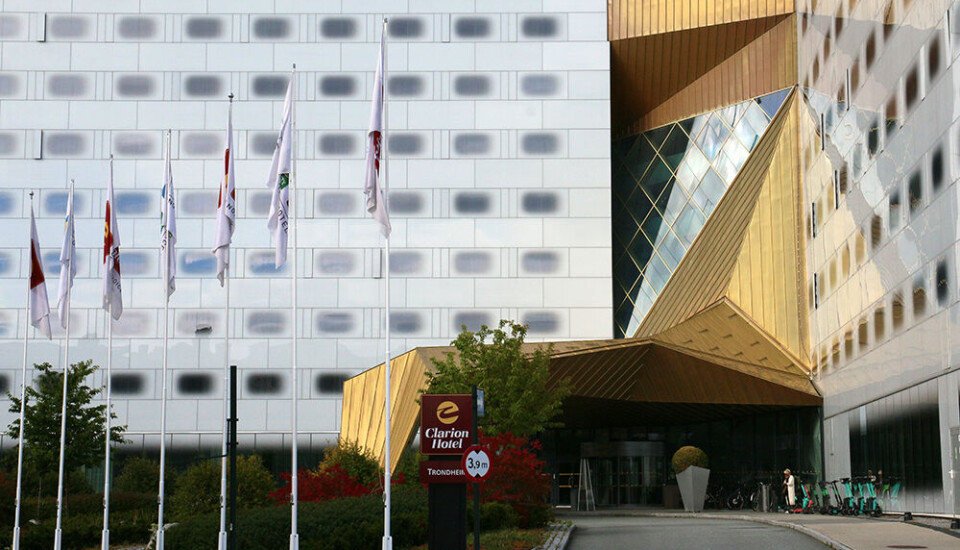
A stone’s throw away is the large Clarion Hotel Trondheim and the Pirbadet bathing facility with several heated pools and saunas.
Both buildings require a lot of energy to operate, but they need different amounts of energy at different times. Pirbadet, for example, needs a lot of energy in the afternoon and evening when their activity is the greatest.
Power stored in large battery banks
Producers of energy via solar cells can generate a lot of electricity on days with favourable solar conditions, and less on other days. The solution is to store the surplus in huge batteries, which companies and buildings in the neighbourhood can buy electricity from when they need it.
A large battery bank sits ready for use between the buildings at Brattøra.
Several companies in the neighbourhood will be part of the local market for the exchange of power at Brattøra. They include Rockheim – Norway’s national museum for popular music, the Trondheim cold storage facility and the heated footbridge that crosses the railway lines.
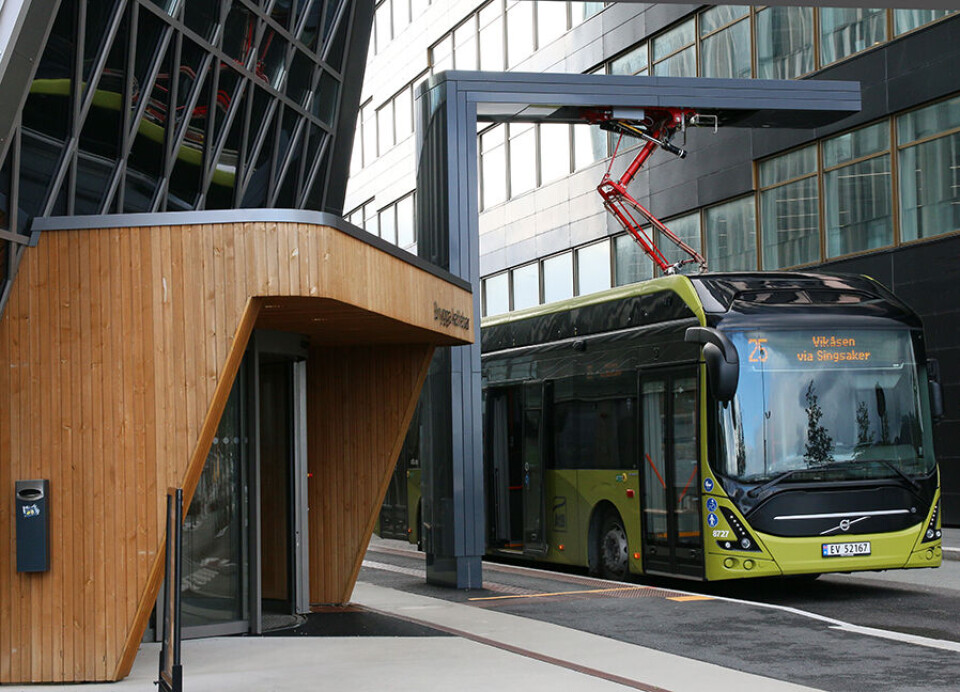
Electric buses also have a charging station here and will be able to 'fill up' with surplus power from the battery bank – or charge the vehicles directly from solar cell power.
Current legislation prevents local use of energy
One major obstacle is holding up implementing this energy exchange in the neighbourhood.
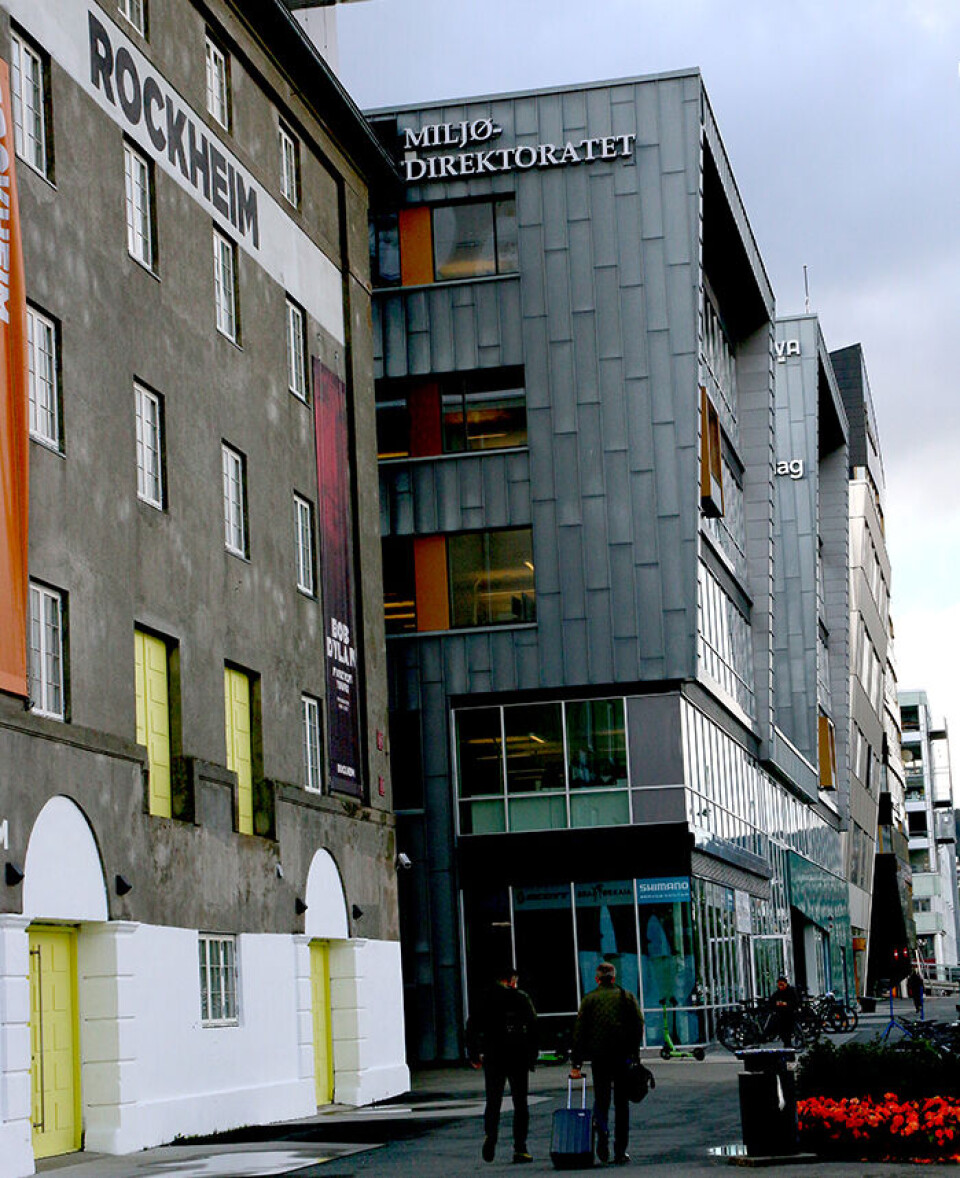
“Current regulations don’t allow surplus energy to be bought and sold locally without a sales licence,” says Bjørn Ove Berthelsen, the project manager for +CityxChange (Positive City Exchange) in Trondheim municipality.
Surplus electricity is now sold to the broader market instead of directly to neighbours. As an example, the surplus energy from Powerhouse takes a detour before it possibly reaches the neighbouring Pirbadet building. Transporting electricity requires energy.
Grid losses increase as the power transmission distance increases. Up to ten per cent of the electricity produced in Norway is wasted today.
“Trondheim municipality has just received a dispensation from the regulations to be able to test local markets and utilise energy in a better way. No one in the world has done this before – calculating and billing for locally produced surplus energy,” says Berthelsen.
Obtaining this dispensation has taken several years.
Working together to change legislation
Last year, a national committee was appointed to assess the power grid in Norway. Trondheim municipality, Trøndelag county municipality, business actors and researchers at NTNU have tasked the Power Network Committee with looking more closely at the energy regulations.
Marit Myrstad, who works on business development as part of the councillor’s professional staff in Trondheim, says that the current regulations rely on exemptions that are very time-consuming and that hinder pioneering projects.
“Having future-oriented regulations that facilitate incentives to promote local production is crucial. By changing the legislation, we can apply and test how new technology and digital local energy markets can contribute to energy-smart cities,” says Myrstad.
Developing solutions for cities of the future
Researchers at NTNU have developed current models for buying and selling electricity in local markets.
The IT company Volue Technology (formerly Powel), originating from SINTEF, has developed a trading platform that makes it possible to buy and sell energy between buildings and different owners.
And the TrønderEnergi power company in Trondheim is now working to create local mini markets.
Neighbourhoods with solutions like this will be able to offer flexibility in terms of power grid efficiency and capacity. The solutions developed in Trondheim and at NTNU must also be able to be used by other cities in Europe.
NTNU heads ten-country EU project
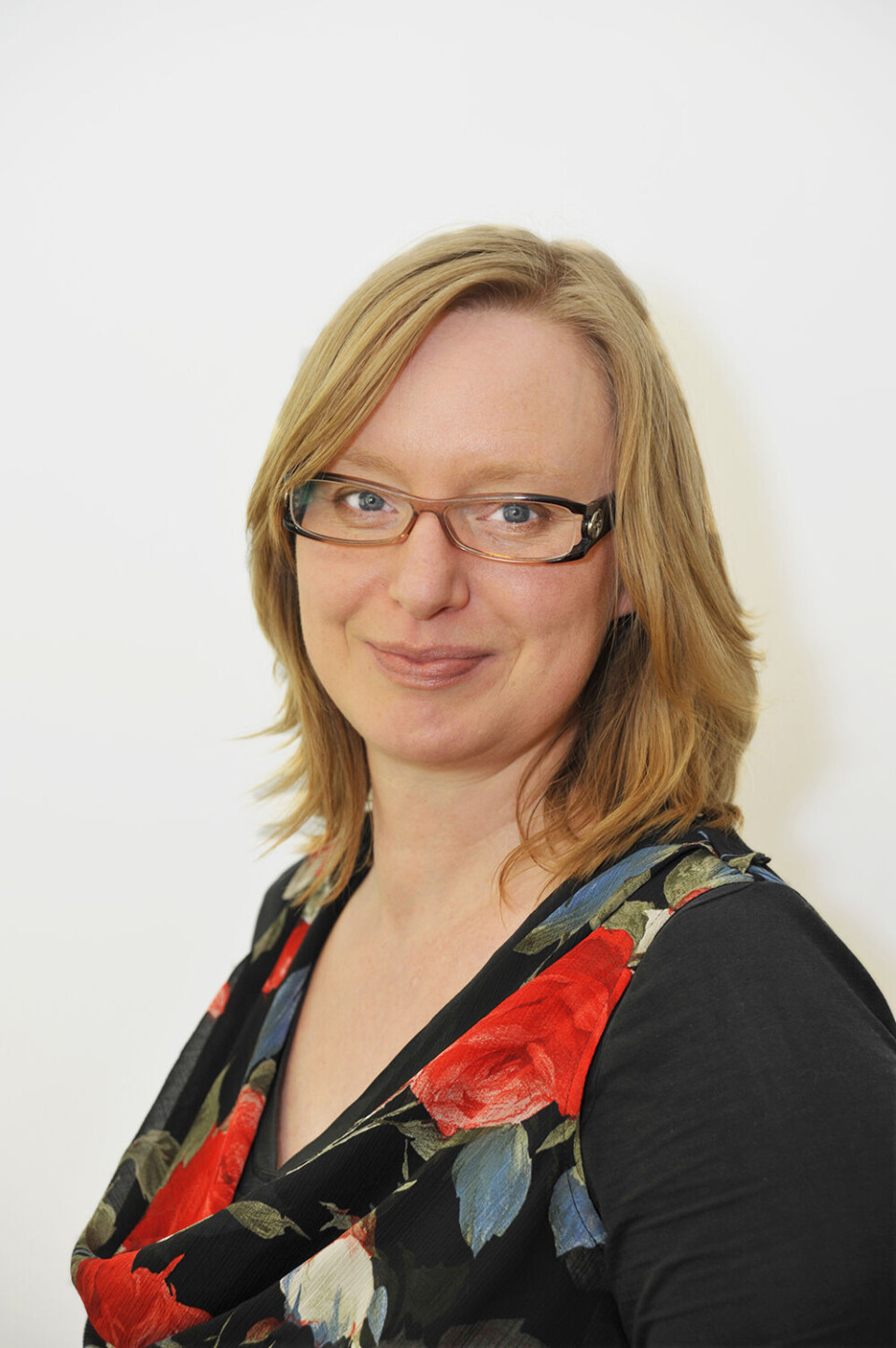
The city of Trondheim is part of a major EU smart city lighthouse project led by NTNU. The project is called +CityxChange (Positive City Exchange) and is funded by the EU Horizon 2020 research and innovation programme.
Eighteen such lighthouse projects exist, but only one is being led by a university, and that is the team of Annemie Wyckmans, a professor and +CityxChange project coordinator at NTNU.
Ten countries, seven cities and 32 partners are involved, of which 23 are businesses. Trondheim and the Irish city of Limerick have been designated by the EU as European pilot – or lighthouse – cities to develop and test smart green energy solutions for Europe.
“In addition to our own +CityxChange project, we’re collaborating intensively with the other 17 lighthouse projects. We’ll connect with as many as 120 European cities and several hundred companies. By exchanging experiences and learning from each other, we can contribute directly to the great European social mission of creating 100 climate-neutral cities by 2030,” says Wyckmans.
Benefits of local power markets
Electricity is a fresh-ware commodity; if it is not used here and now, it has to be moved on – or stored in batteries.
“Battery storage becomes really important for utilizing electricity locally. Battery banks have economic and environmental benefits. The need for infrastructure with heavy cables will be less if surplus energy can be stored and distributed locally,” says Berthelsen.
He emphasises that providing incentives for short-distance electricity and better utilization of power near where it is generated is therefore important.
Power markets where electricity is locally produced, used, sold and purchased have several advantages, because they:
- reduce electricity waste.
- save the capacity of the transmission and distribution network of electric power.
- can curb the need for constructing large power cables, which helps to reduce damage to the environment.
- can increase power exports through more efficient electricity utilisation.
- are testing solutions in two neighbourhoods and on the NTNU campus.
Two test neighbourhoods and NTNU test campus
+CityxChange will contribute to creating future-oriented cities. The project started in 2018 and will carry out eleven specific demonstration projects. Funding of NOK 192 million and a five-year timeline are at its disposal. Approximately NOK 80 million is supporting the Trondheim and NTNU smart city neighbourhoods.
Researchers, business actors and public bodies are collaborating closely to develop smart energy solutions, green business development, new technology and increased citizen involvement.
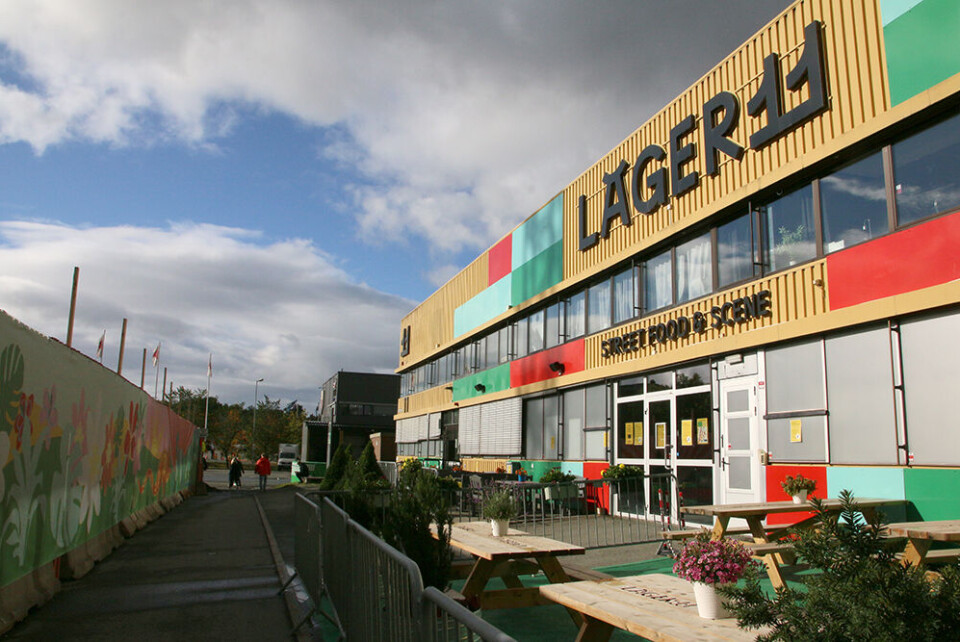
Trondheim and NTNU are using the neighbourhoods of Brattøra and Sluppen as test areas.
“Not only are professionals are involved in developing these solutions. It’s just as important for the residents to be involved in creating local energy communities where you really feel ownership of local resources, and can help manage them in a more future-oriented way,” Wyckmans says.
NTNU is a separate energy-smart testing station on the axis between the Sluppen and Brattøra neighbourhoods. Here solutions will be tested and integrated into the construction of NTNU’s new campus.
You can read more in the Report on the political framework for the development of sustainable plus-energy neighbourhoods (“SPENs”). The report describes what researchers found when they analysed regulations in four countries, including Norway, and looked at barriers to developing sustainable neighbourhoods. The researchers are affiliated with the NTNU-coordinated EU project syn.ikia.
See more content from NTNU:
-
Can we tap the ocean’s power to capture carbon?
-
Researchers have uncovered major problems in Norway's salmon industry
-
Why ChatGPT is bad at imitating people
-
Outer space has a trash problem, according to researchers
-
These researchers want quantum computers that work properly
-
If you can hear your neighbour snoring, there’s something wrong with the building you live in





































